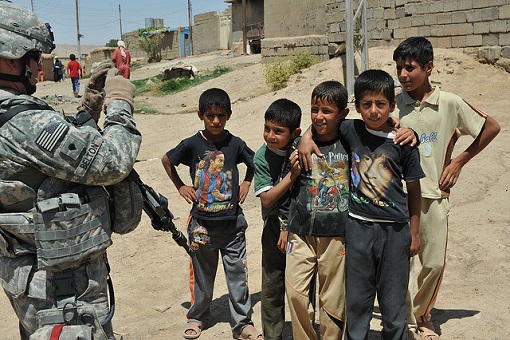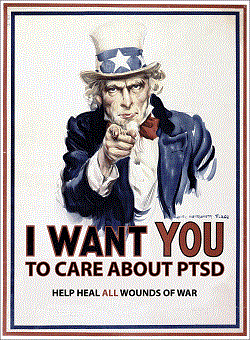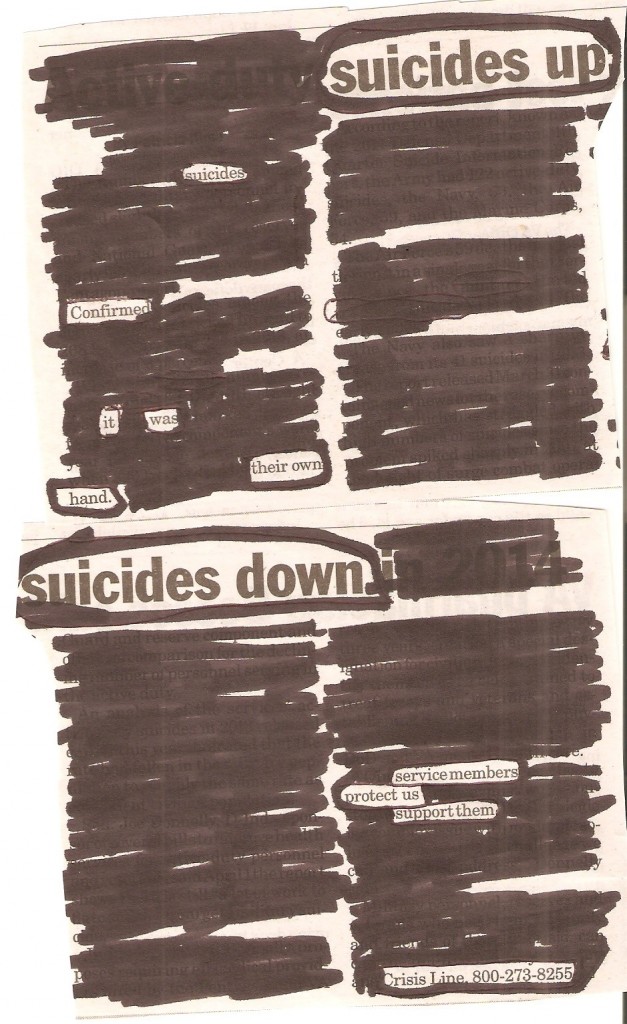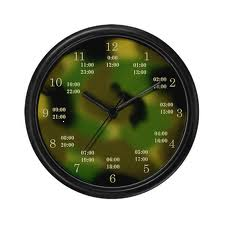 Interesting Facts about the Iraq War
Interesting Facts about the Iraq War
(for the average reader)
While many people hear about the “War on Terror” as a catch phrase thrown around on propaganda filled, politically biased, lie-filled news stations most people couldn’t even point to the country in question. A lot of misinformation is thrown around in regards to the Iraq War either for sensationalistic purposes in an attempt to please corporate sponsors with better ratings or for politically motivated agendas. In reality a lot of people have no real idea why the war was fought, who against (IE: who’s doing the actual fighting), or in some cases where it all is even taking place. There is a lot of information about the Iraq War beyond what can be found in conventional sources.
Fact #1. Many of the “terrorists” are young, well-educated college students (and some aren’t even “terrorists,” they’re just paid thugs)
The general depiction of middle-eastern terrorists is of the equivalent to what we in the United States would consider a redneck. Generally older, “gibberish” speaking, bearded suicide bombers. While movies like Team America, True Lies, or Iron Man don’t help this stereotype in all actuality most of the extremists are attending, or were enrolled in prominent universities. They are between the ages of 20 – 27, male, and often know multiple languages including English in some cases. Much like the radicals seen during the 60’s in the United States or the Occupy Wall Street movement of 2011. Additionally, the motives of these Iraqi fighters are not “death to America” as often is depicted but more out of a religious extremism also seen with certain factions of Christians in the United States. What sets these individuals apart from some of the more radical elements in the United States is nothing more than semantics more often than not. Furthermore, in our briefings before going to Iraq, we were informed that a lot of the fighters in Iraq and Afghanistan were just paid thugs. The terrorists/insurgents would go out and find impoverished people, maybe just a young man trying to feed his family, and the terrorists would offer him money to maybe place a bomb on a street, or fire a few mortars on an American base, etc. Even suicide bombers are not always “fanatics.” There have been many reports of terrorist groups, various people, and even entire countries, offering money, as high as 25,000, for anyone who will wear a suicide vest (the money would go to their family of course). This many seem ridiculous that someone would do it for the money, but in war-torn countries where the life expectancy is already lowered, and fighting is an everyday occurrence, the thought of being able to provide for your family can be and overriding feeling (and I’m sure there’s still a little religious fanaticism involved, but there’s a good bet that a lot of these people wouldn’t have worn the vests without money going to their families).
Fact #2. Believe it or not: the wars in Afghanistan and Iraq are two different things
While these two wars often get lumped together they are two separate conflicts. The war in Afghanistan was a result of the hostile actions taken against the United States by a militant group believed to have originated and was currently in control of Afghanistan: Al-Qaida. On the other hand, the war in Iraq occurred as a result of, then believed, the countries possession of weapons of mass destruction IE: chemical, biological, nuclear based weapons. While over time these two conflicts have merged into a universal conflict they did not have a singular theme at the time of the United States involvement
Fact #3. Believe it or not: Iraq and Afghanistan are not geographically connected, or even that similar
Much like the specific conflicts and their origins, many people consider the countries as one place or even geographically connected. This is far from the truth. Iraq and Afghanistan are over 1000 miles apart, separated by Iran. Additionally the cultures of both countries are vastly different. Iraq’s economy is almost entirely based on the oil industry that is responsible for almost 90% of the world’s oil. Afghanistan, on the other hand, is agrarian at best with the majority of Afghan citizens living below the poverty line (and a lot of profits actually come form poppy fields–in fact to keep tribal leaders happy, some U.S. military units were actually tasked with protecting the poppy fields from the Taliban). Afghanistan is far more similar to rural places in Africa than it is to Iraq.
Fact #4. The actual Iraq War lasted a little over a year
Despite popular belief, the most recent Iraq War ended in 2006 with the death of Saddam Hussein–with many prominent American’s even declaring it over at that time. After Saddam’s death a new government was put in place, however, there has been constant infighting between the two dominate Islamic religions, Sunni and Shiite, for control of the country. Combine this with various actions on the part of smaller, more extremist groups vying for control. As a result of this chaos, the United States along with many other countries and international organizations have had to moderate the violence within the country. The ongoing struggle is a direct result of the conclusion of the war.
Fact #5. The whole country isn’t constantly in a state of Chaos
A lot of the pictures and videos we see coming from Iraq are of various bombings and shootings, etc. However, outside the city of Baghdad and a few specific locations the majority of the country is relaxed and living life like any other day. Similar to what you would see in the United States after a major natural disaster. While citizens in places near the coast of Florida can be seen trying to pick up the pieces after a hurricane, residents in unaffected areas of Florida or even other states go about their lives like they would normally. Most Iraqis get up, go to work, and come home, repeat just like we do.
Fact #6. The prominent threat is homemade bombs
We see a lot of gun fighting and such on TV and in movies related to the Iraq war but the major problem isn’t from one on one combat but from Improvised Explosive Devices (IEDs). These can range from a plastic jug of gasoline with a fuse to cell phone detonated explosives. The issue with these compared to standard gun fights are that the extremists using them do not have to be present when they go off or even been within trigger range in some cases. Much like landmines during WWII, these are often set it and forget it type of weapons that can result in casualties and fatalities for both the intended target and any unintended personnel. Additionally, since they can be made out of anything, finding and defusing these devices is akin to finding a needle in a hay stack–a needle that will explode if you don’t find it.
Picture: Flickr/The U.S. Army



 With a dozen Marines on either side of him, Marc Winslow marched down a sullen dirt road. “Hoo—rah,” he screamed as the drill instructor called cadence. Marc looked to the left and then to the right, with heads shaven to the skin, faces free of stubble, and a snarl of the lip, each Marine was indistinguishable from the next. His shoulders were back, his head was held high, after months of training, he was finally one of “the few, the proud,” he was a Marine.
With a dozen Marines on either side of him, Marc Winslow marched down a sullen dirt road. “Hoo—rah,” he screamed as the drill instructor called cadence. Marc looked to the left and then to the right, with heads shaven to the skin, faces free of stubble, and a snarl of the lip, each Marine was indistinguishable from the next. His shoulders were back, his head was held high, after months of training, he was finally one of “the few, the proud,” he was a Marine.